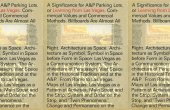Tokyoids: The Aesthetics of Dismemberment in Japan
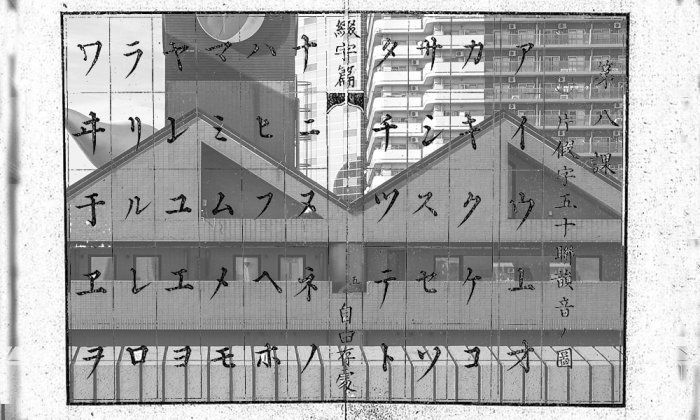
Armed with 29 sets of facial muscles, a sophisticated robot designed for Expo ’70 in Osaka was programmed to raise its lips into a human-like, realistic smile. But drastically slowing down the speed of the mechanism made the grin appear surprisingly creepy. For the roboticist Masahiro Mori, this enigmatic vision served to illustrate the importance of movement in the appearance of robots, and to stress how it relates to our potential revulsion toward anthropomorphism in man-made objects.
“Because of a variation in movement,” he explained, “something that has come to appear close to human — like a robot, puppet, or prosthetic hand — could easily tumble down into the uncanny valley,” a perceptual gray area wherein what has been intended to be realistic no longer brings about a feeling of empathy but an “eerie sensation,” more akin to “horror.” Mori’s concluding advocacy for only “a moderate degree of human likeness” in robot design calls for a distinction between the anthropomorphism he referred to and robot-likeness proper vis-à-vis mobility. Robots, unlike buildings, are designed to move, yet we are able to identify the robotic even in inanimate structures.
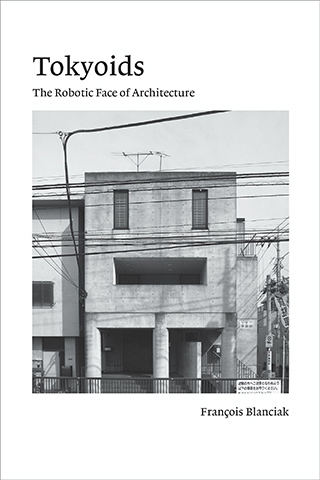
The very suggestion of a capacity to move appears indeed to be of primary importance to robotic aesthetics, as robotic components only need to be combined in a way that allows for potential movement to be recognized as such. Their implied displacement patterns condition their appearance through an articulation of rigid and rotary (that is, straight and circular) parts — a transcription of the human body into zeros and ones comparable, in form, to the binary code of software. Because robotic aesthetics results from this excision and reconstitution of initially organic wholes out of artificial and idealized functional parts, it is essentially an aesthetic of dismemberment. If robots are certainly not programmed to suffer, the processes at work in their creation involve a high degree of symbolic violence which, insofar as the perception of robotic form depends on empathy, could reflect profound embedded pain.
This aesthetic seems to pervade and rely upon the internal logic of the robot’s dissociated elements. The robotic arm, already ideologically severed from the body, is made of an array of items — cogs, wheels, shafts, pistons, pulleys — which are themselves detachable and express their removability through their form, in turn influencing the appearance of the device and its movements. One could then posit that robotic form embodies a three-step process that is diffusely expressed in its morphology: dismemberment (of the human body as a referent), idealization (of the dissected parts into components), and reassembly (into a mechanical entity).
Principles at play in the origins of Japanese aesthetics seem to resonate with this internal logic. The Japanese philosopher Masao Kusanagi traced the concept of fragmentariness back to medieval poetry, and identified it as the aesthetic essence of Japanese artistic practice. Quoting the Buddhist poet-monk Shinkei’s 15th-century assertion that “you find mystery and depth … where things are left to be said,” he highlighted formal similarities with the unfinished nature of certain Renaissance artworks which entice the response of the aesthetic subject, and posited that the profundity and richness of artworks might paradoxically be proportional to the extent of their fragmentation. Not only does the notion of fragmentariness Kusanagi referred to directly relate to the dissected aspect of the robot, but the central role he assigned to the viewer in the completion of the artwork recalls the aforementioned tendency to either project ourselves as subjects into the work (be it artistic or robotic) or reject it altogether as an object. The robotic, as an aesthetic category of its own, reflects this impossible whole, an inherently unfinished — or rather unfinishable — project whose geometricized parts are only assembled by human empathy.
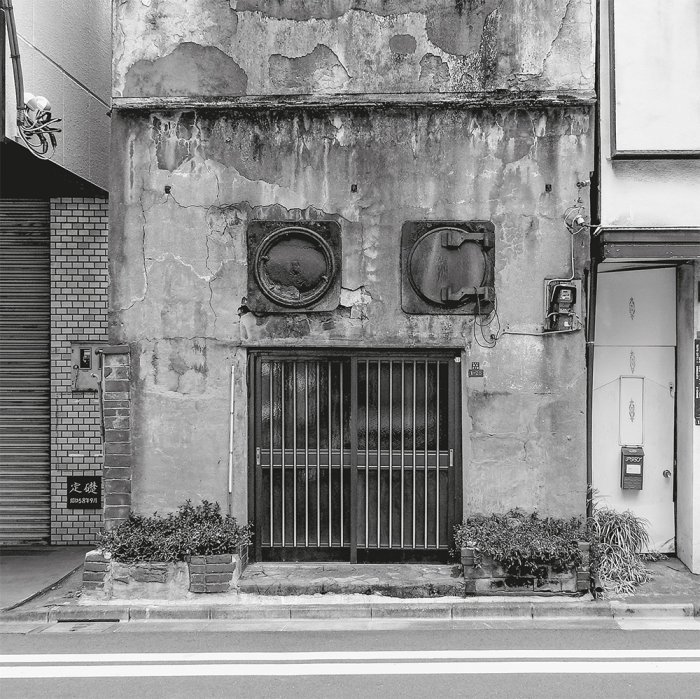
But even deeper relations between the fragmentariness embedded in robotic aesthetics and the Japanese ethos can be found in the form and structure of the Japanese language itself. If this is most obviously expressed in Japanese texts through the simultaneous presence of three writing systems — kanji, hiragana, and katakana — the last of these deserves particular attention in this respect. While often regarded as negligible for its apparent simplicity and restricted contemporary use, katakana has played a fundamental role in the development of both ancient and modern Japan. Most revelatory not only of the functioning of the Japanese mind but of its relationship with other cultures, it also embodies the concept of fragmentariness more than the other scripts of the Japanese language for several reasons.
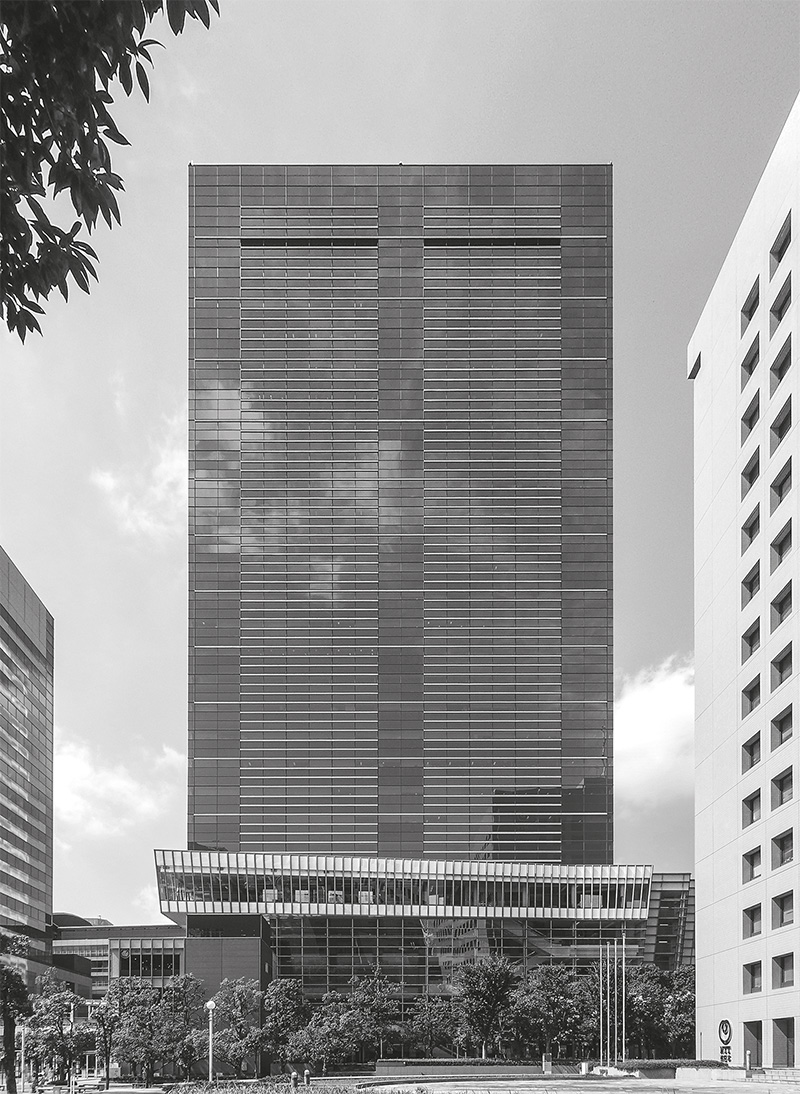
Research in historical linguistics has shown that the use of katakana was formalized around the year 1000, and that many of the script’s signs have barely changed since. The development of kana scripts (hiragana and katakana), which reportedly happened in ninth-century Japan, followed an emancipation from the influence of Chinese culture, particularly predominant in the seventh and eighth centuries. Both syllabaries stem from an intention to palliate the discrepancy between the way the language was written and the way it was spoken, as the pronunciation of Chinese characters in Japanese evolved in such a way that they eventually markedly differed from their original reading.
Unsurprisingly, the word “kata,” used as a prefix in “katakana,” means “fragment,” or “part.”
The early stages of formation of the katakana script are more clearly known than those of hiragana. The former is said to stem from the diacritical marks used by priests as an aid to translate Buddhist writings in the Heian period (794–1192), and results from a process of simplification referred to as a technique of “isolation,” where one part was excised from the corpus of an original — and inherently figurative — Chinese ideogram, then rendered abstract as a phonological syllabogram. Consider, for example, how the katakana sign ム (mu) is essentially a beheading of the Chinese character 牟 (mo), how ヒ (hi, pronounced “he”) is cut from the right side of the body of 比 (bi), or how フ (fu) results from the dissection of the upper-left part of 不 (bu). What has followed this fragmentation process is one of geometric disambiguation, wherein nearly straight lines have been further straightened into undeviating segments, and whimsical curves have been simplified into strictly circular arcs, recalling not only the fractional physique of the robotic device, but also its constitutive rods and rotors. Unsurprisingly, the word kata, used as a prefix in katakana, means fragment, or part.
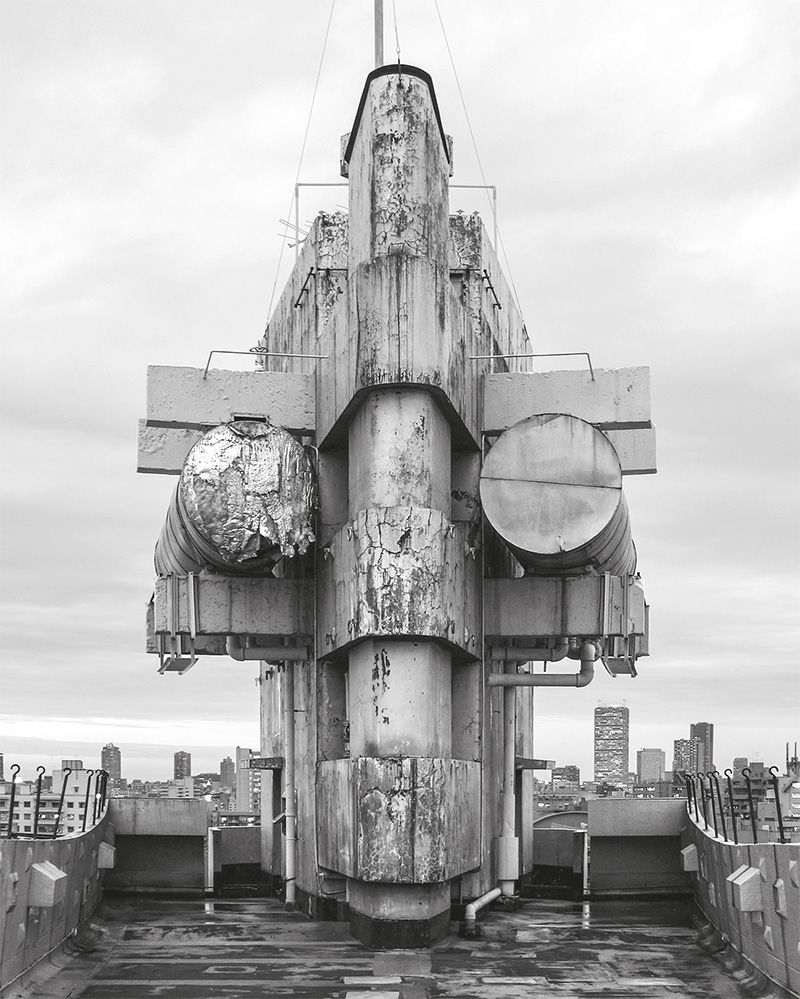
The bluntness expressed in this syllabary contrasts with the formal fluidity of hiragana, which is thought to have evolved, if at all in some cases, from cursivized Chinese characters. Compare, for instance, how the katakana sign ラ (ra) differs from its hiragana counterpart ら (ra), or how ナ (na) radicalizes な (na). Hiragana, referred to during the Heian period as onnade (literally, “women’s hand”), was mainly used by women — who were reportedly prohibited from studying Chinese — for writing literature, and came to be mainly used for aesthetic purposes in what the linguist Yaeko Sato Habein described as a “leisurely aristocratic environment,” as opposed to the more austere and utilitarian use of katakana, developed for the sake of speed by clergymen. Thus, we find in the functionality of katakana again the notion of residual aesthetic that typifies robotics; by adhering to a strict economy of means and disregarding beauty as an end in itself, the script — more codification process than calligraphy — eventually produced an even more characteristic stylistic identity.
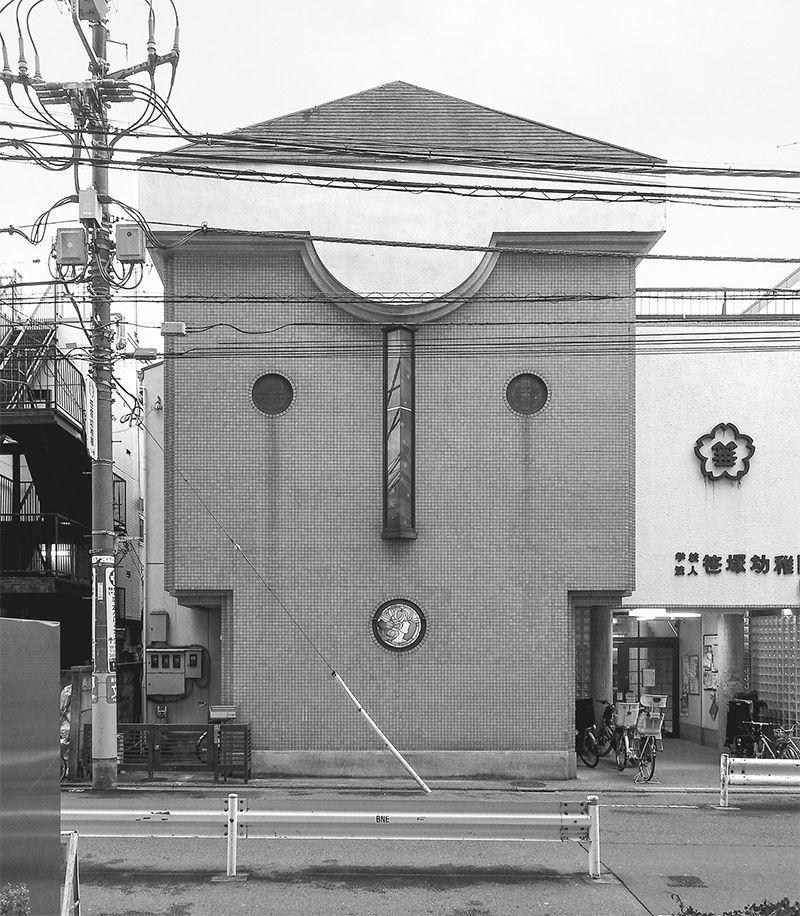
But the parallel between katakana and robotic aesthetics goes beyond the appearance of the script. The beginning of the Meiji era (1868–1912), marked by the opening of Japan to foreign influence, saw the rise of reform proposals for the reduction, if not the abolition, of kanji character use, giving an authoritative place to katakana, notably as a means to transcribe and adopt words and concepts of predominantly European origin, referred to as gairaigo (“imported language”). This growing usage was later formalized by official guidelines, ratified after World War II, systematizing transcription rules so as to avoid the multiple possible spellings of foreign words that the relatively narrow array of katakana phonograms allows. The process involved in the conversion of a loanword into katakana indeed calls for properly decisive conventions. The script consists, in its modern state, of 46 syllabograms which are mainly combinations of two phonemes — corresponding to a consonant followed by a vowel, such as ka (カ), ki (キ), ku (ク), ke (ケ), ko (コ), in the case of the sound “k” — reflecting the restricted range of sounds used in the Japanese language. When a word is “imported,” its closest pronunciation to the donor language is first dissected into a set of syllables pronounceable in Japanese, then written using the conventional modules of katakana (that is, precast, idealized syllabograms), which are then reassembled into a substantive body. Thus, we find again, within the confines of the structure of the Japanese language, the aesthetic of dismemberment inherent to robotic form, involving a similar three-step process of dissection (of the imported word’s body), idealization (of the dissected parts), and reassembly (into a mechanistic vocable) — embodying likewise a great deal of pain.
The Japanese term for modernism, transcribed in katakana as モダニズム (literally, mo-da-ni-zu-mu), might suffice to illustrate this principle of compartmentalization. It also reflects the indifference of the katakana mechanism to the inherent etymological structure of the loanword: The term no longer has three syllables but five, and both its Latin root (modus) and superlative construction have been erased in the dismemberment process. Moving through the assembly line of katakana codification, the foreign word ceases to be a cultural construct, and becomes the product of an automatic operation that is insensitive to the “organic” structure the term has acquired over time. That katakana transcription systematically attempts to be as truthful as possible to the pronunciation of the word in the donor language (producing words often incomprehensible to the non-Japanese whose language has been borrowed) can be regarded as an embodiment of both the cultural carefulness and the rational brutality of the Japanese mind. Furthermore, the emphasis the script puts on the process of dissection can be considered in relation to the importance of the action of cutting in Japanese culture at large, found in such varied aspects as the practice of ikizukuri in local cuisine (wherein animals are vivisected to be eaten raw), the tolerance for scenes of dismemberment in Samurai movies, or historical accounts of systematic beheadings, all linked to the traditional focus on crafting the sharpest cutlery.
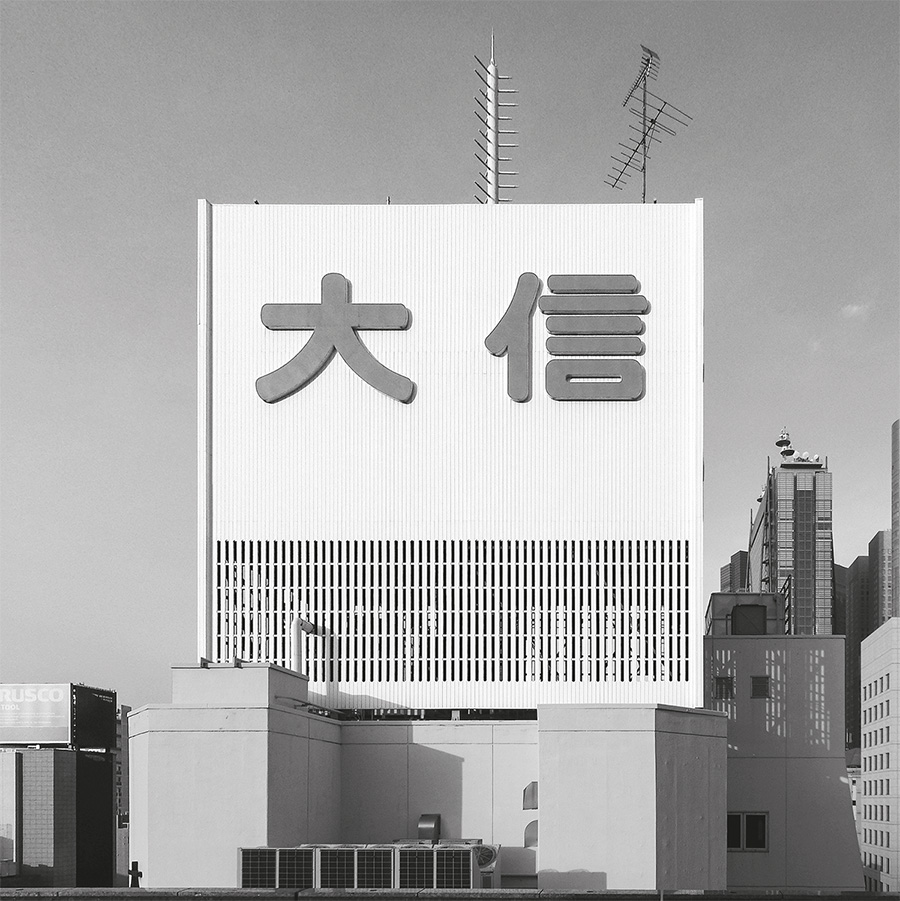
The katakana script, now representing the fastest growing — and most creative — part of the Japanese language, encapsulates a process of inclusion of modernity into a separate category of things Japanese: Loanwords are not internalized along with their etymological and semantic structure but reconfigured according to a local code. For this reason, katakana might be considered the cultural agent which, by divesting foreign concepts of the historical burden of their original meaning, accelerated the process of adoption of Western technologies.
The cult of standardization in early modernist architecture directly recalls the modularization of the katakana script into morphemes of equal length and value.
The cult of standardization in early modernist architecture directly recalls the modularization of the katakana script into morphemes of equal length and value. The preexistence of this modularization as a procedural technique finds itself registered in the modularity of the post-and-beam construction and tatami mat measurement systems of traditional Japanese architecture, which have undoubtedly facilitated the fast adoption — or rather adaptation — of Euro-American modernist design methodology. The year following the publication of his celebrated “Architecture without Architects,” Bernard Rudofsky presented an acute critique of Japanese culture at large in “The Kimono Mind” (1965), which yet lucidly conceded that “centuries before we even thought of standardization, prefabrication and mobility as architectural possibilities, the Japanese applied them to their houses as a matter of course.”
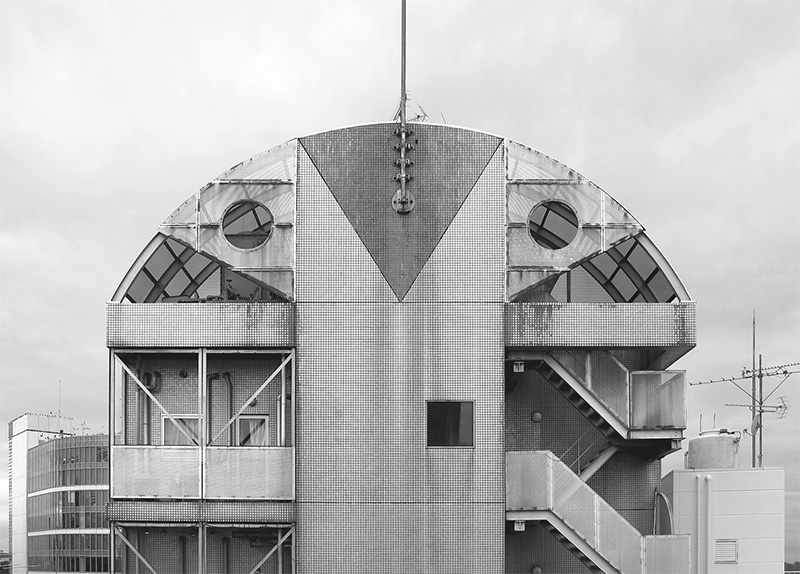
It should follow from the above that, because it relates so profoundly to both the oldest and most modern formal expressions of the Japanese linguistic identity, katakana can be regarded not only as specifically Japanese, but as what defines the Japanese ethos, representing the equally destructive and creative prism through which foreign influence and technology have been apprehended and interpreted. The fact that katakana also tends to visually dominate the billboard landscape of urban Japan should be regarded as a superficial manifestation of its integration into design culture, for the way the functioning of this script affects Japanese artifacts as a whole goes much deeper, diffusely infiltrating every aspect of built form through its morphological structure. So much so that, if one considers the robotic aesthetic embedded in this pervasive linguistic contraption, one can posit that that all modern Japanese architecture is in essence robotic.
François Blanciak is an architect and Associate Professor in the Department of Architecture at the National University of Singapore. He is the author of “Siteless: 1001 Building Forms” and “Tokyoids: The Robotic Face of Architecture,” from which this article is excerpted.


